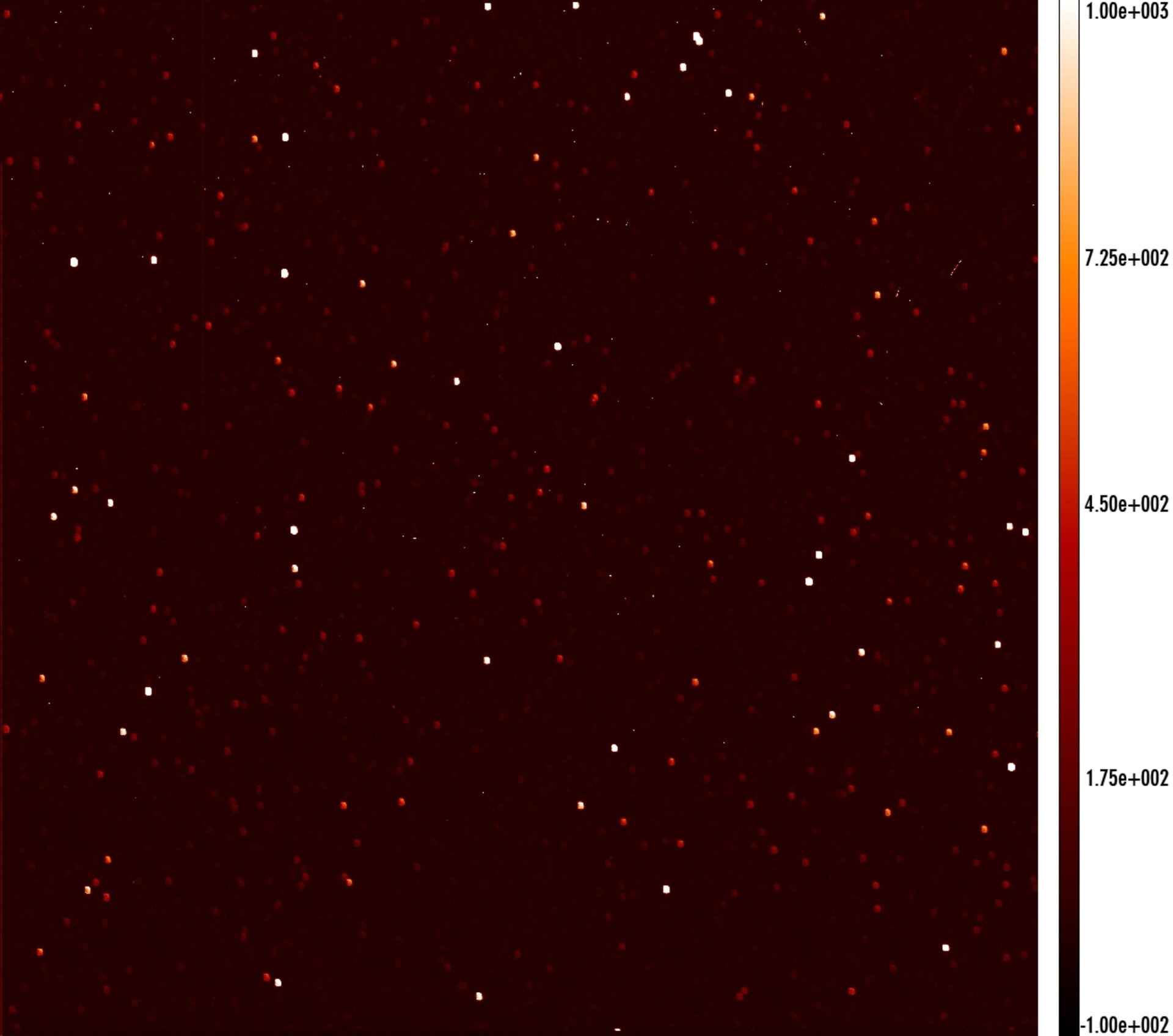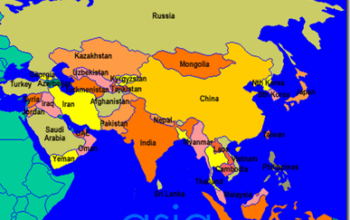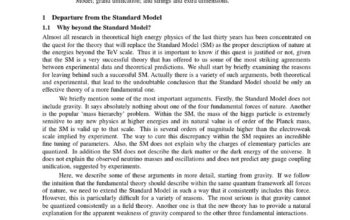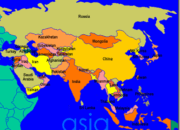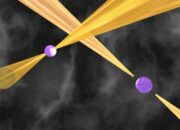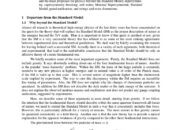The advent of the COROT mission marked a seminal moment in the annals of astrophysics and astronomical observation. Launched in December 2006, the COROT spacecraft—short for Convection, Rotation and Transit—was designed with a dual purpose: to scrutinize stellar oscillations and to detect exoplanets through the transit method. Such complexity inherently reveals not only the intricacies of stellar behavior but also the vast chiaroscuro tapestry of our galaxy and beyond. The first light acquired by COROT is emblematic of a new epoch in the exploration of the cosmos.
To appreciate the significance of COROT’s first light, one must first grasp the profound implications of its capabilities. The spacecraft was equipped with a telescope capable of observing stars that are, relatively speaking, insipid to the naked eye, yet replete with endless mysteries. The luminance recorded in its initial observational session illuminated a sector of the universe rife with stellar phenomena, unearthing transformational insights hidden within the continuum of spacetime.
Upon the reception of data, astronomers were astounded by the precision and clarity of the photometric measurements. This newfound ability to measure stellar brightness with unprecedented accuracy initiated a cascade of discoveries that would soon revolutionize our understanding of stellar structure and composition. The COROT mission enabled researchers to probe the intricacies of asteroseismology, thereby laying bare the internal dynamics of stars that had remained elusive thus far.
The finesse that COROT introduced to star observation cannot be overstated. Asteroseismology, as the method is known, allows for the monitoring of oscillations within stars. By analyzing these oscillations, scientists are afforded an intricate view of a star’s internal constitution, akin to an ultrasound revealing the hidden anatomy of living organisms. Such insights render a more comprehensive understanding of stellar life cycles, ultimately enhancing our comprehension of the cosmic panorama.
Furthermore, the significance of star transits in the identification of exoplanets is equally noteworthy. The transit method, which measures the dimming of a star as a planet passes in front of it, enables astronomers to infer the planet’s size and orbit. The first light data from COROT provided a veritable treasure trove of exoplanetary candidates—many of which reside within their stars’ habitable zones. This development sparked an effusion of excitement about the potential for extraterrestrial life, compelling both scholars and the lay public alike to ponder humanity’s place amidst the stars.
The phenomenon of exoplanet discovery is intricately braided with the age-old quest to comprehend the universe. Each newly detected planet extends the horizon of knowledge, coupling the experiences of contemporary humanity with the cosmic odyssey of existence. Upon COROT’s initial data release, the astronomical community was invigorated not only by the new possibilities for research but also by the philosophical questions these discoveries engendered. How does one assess the potential for life within the vast, cold void of space? What might lie hidden amongst the myriad of undulating stars?
Moreover, the legacy of COROT transcends its operational lifespan. The mission has influenced future generations of astronomical research, especially in the realm of space-based observatories. Projects such as Kepler and TESS (Transiting Exoplanet Survey Satellite) owe a debt of gratitude to the pioneering data and methodologies established by COROT. The foundational research laid down by COROT enabled a more nuanced approach to the multifarious challenges of exoplanetary research and stellar investigation.
It is essential to recognize, however, that the allure of COROT does not rest solely on its scientific output. The emotional and intellectual allure of interstellar exploration taps into a deeper human longing for understanding—a tantalizing curiosity about our origins and existence. The existential questions encapsulated in COROT’s mission reverberate through the disciplines of physics, philosophy, and even the arts. The beauty of the cosmos, captured by COROT’s eyes, is imbued with a certain poetic resonance that incites wonder, prompting contemplation about the very fabric of reality.
As observations by COROT and future missions will inevitably continue to elucidate the complexities of the universe, the journey inward mirrors the quest outward. Each stellar oscillation measured, each exoplanet detected, forms a larger narrative arc that ultimately aims to connect back to us. With every photon captured, COROT has substantially enriched our cosmic narrative, piece by piece crafting an illuminating mosaic that beckons for deeper understanding.
In conclusion, the first light of COROT embodies a pivotal advancement in astrophysical research, mirroring the quintessential human desire to explore the unknown. The mission has not only expanded our empirical knowledge but also enriched our cultural and philosophical discourse regarding the universe and our place within it. As future missions rise to the challenge established by COROT, the quest for understanding and exploration will persist, driven by a collective longing to reveal the enigmatic dance of celestial bodies and the stories they shelter.
